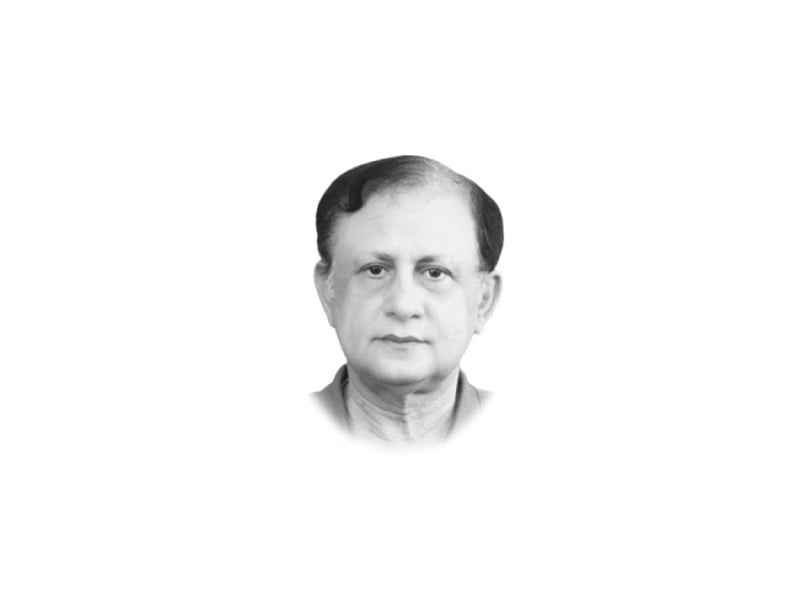
What happened in Ichra on 24 February with a woman allegedly wearing a controversial dress has been watched worldwide and commented upon from many perspectives. In these analyses or commentaries, the victim has been sympathised with, the rescuer praised, and the mob despised. By far, these critiques have employed discrete analytical, journalistic and scholarly lenses to render a rational cast, though in some cases more simplified, to delineate what and why what happened on that ironic day.
My argument is that it is not helpful to casually categorise such incidents at once because, being inherently complex, a social phenomenon defies a straightforward explanation, transcending objectivity in many instances. Hence, it needs to be carefully peeled off to go around and inside it to grasp its anatomy, which may still not be its true reflection because, after all, the reality is what we, as diverse individuals, communities or societal groups, make of it.
Most descriptions, as well as the focus of agitators, seemed to assume the female subject and the Arabic text of her clothes as a single object. Yet, one way of interpreting the protesters’ reactions (or mental experience), what social sciences characterise phenomenology, reveals that the act of takfiri sloganeering by the activists did not see the attire embodying a woman. Instead, their perception treated the text and the female body as two different entities by viewing the former as reverential and its bearer as a sinner, regardless of gender consideration, because she committed heresy or blasphemy by wearing the sacred on human flesh, which is not considered pure to carry it.
Viewed more closely, the primary contention in this case stemmed from perceptually (mis)construing the Arabic letters as Quranic. In other words, for the protesters, the inscription on the dress amounted to the figurative destruction of a reverent structure, forming symbolic violence. Therefore, the choir, ‘…….Sar Tan Se Juda’ was, by many, a psychophony.
The latter observation implies that the imagery violating their held narrative was not theirs. Rather, these activists were just the medium, more appropriately, the ‘docile bodies’ or carriers who were orally retransmitting the toxic lexis that was cognitively embedded in their cerebrum — the part of the brain which controls thinking, emotions and physical actions.
My research based on primary sources investigating such and similar social processes has found that these mechanical behaviours in Pakistan, as elsewhere in similar contexts, result from a deliberate strategy of dismantling pre-existing frames of mind or knowledge constitutions to effect a lifelong erasure and their enduring replacement with contrived rhetoric or metaphors as the new social reality based on specific cultural, political, religious or ideological symbolism. Consequently, the phenomenon that many analysts are calling extremism, bigotry or gender discrimination, in essence, is a function of exegetically manoeuvred discourses by non-state actors targeting uncritical minds. In these cases, the recipients only reproduce and sustain the core narratives of the mentors to further the ends of their politics.
Thus, the leading performers of the Ichra incident, the adherents of a militant sectarian party, the majority of whom lacked even elementary phonics skills to translate a simple Arabic word, manifestly exemplify the docile bodies phenomenon. Arguably, in matters of religion, a significant segment of Pakistani society assimilates the hermeneutics of the gospel uncritically and has become docile bodies in one way or another.
Importantly, these social elements, particularly the ideologues, must not be socially isolated but purposefully engaged sustainably. A set of crafty alternative (not counter) narratives by experts with input from civil society can reclaim the possessed. The earlier we start this project, the better!
Published in The Express Tribune, March 14th, 2024.
Like Opinion & Editorial on Facebook, follow @ETOpEd on Twitter to receive all updates on all our daily pieces.

1727987527-0/Untitled-design-(41)1727987527-0-405x300.webp)












COMMENTS
Comments are moderated and generally will be posted if they are on-topic and not abusive.
For more information, please see our Comments FAQ